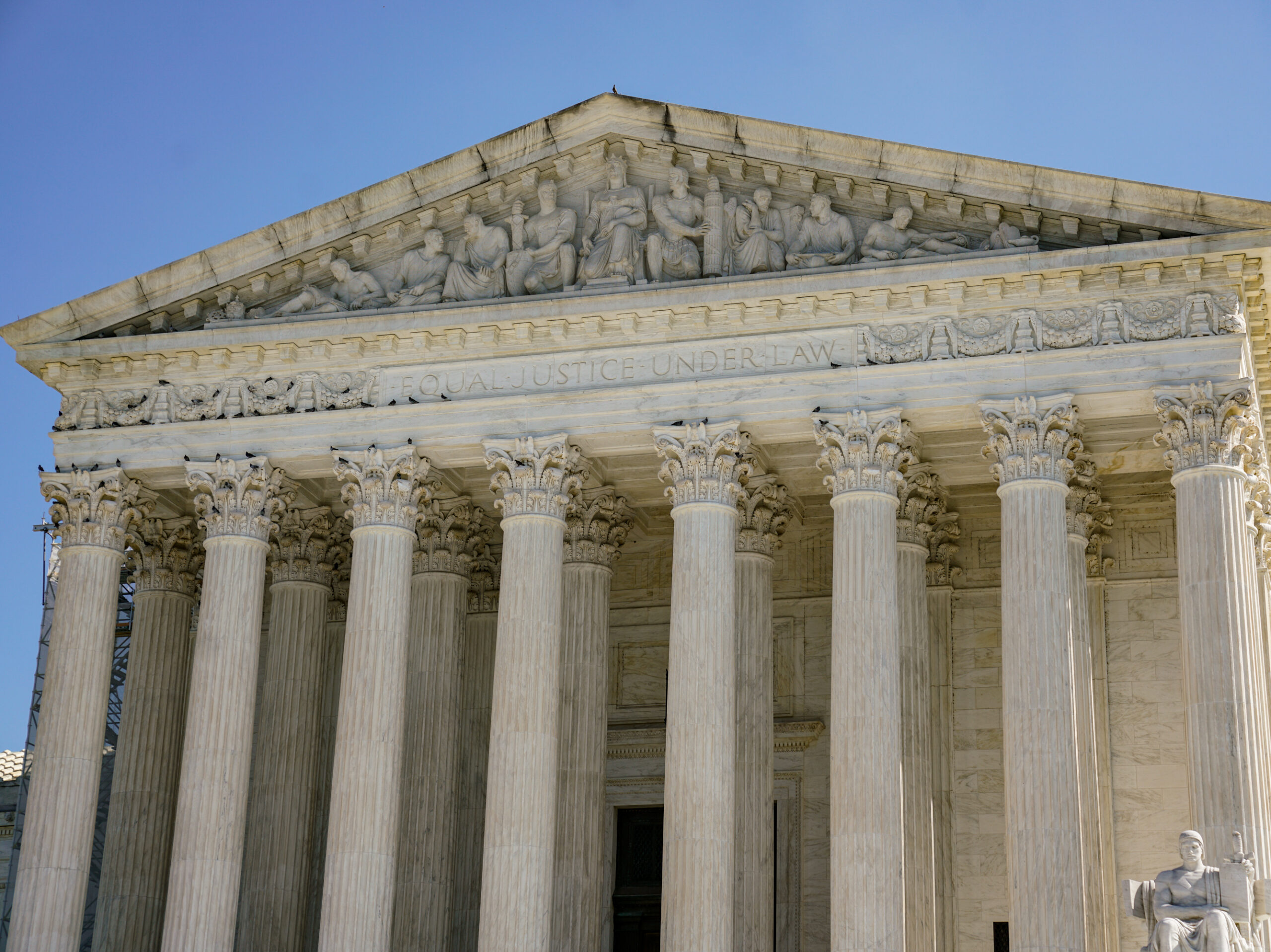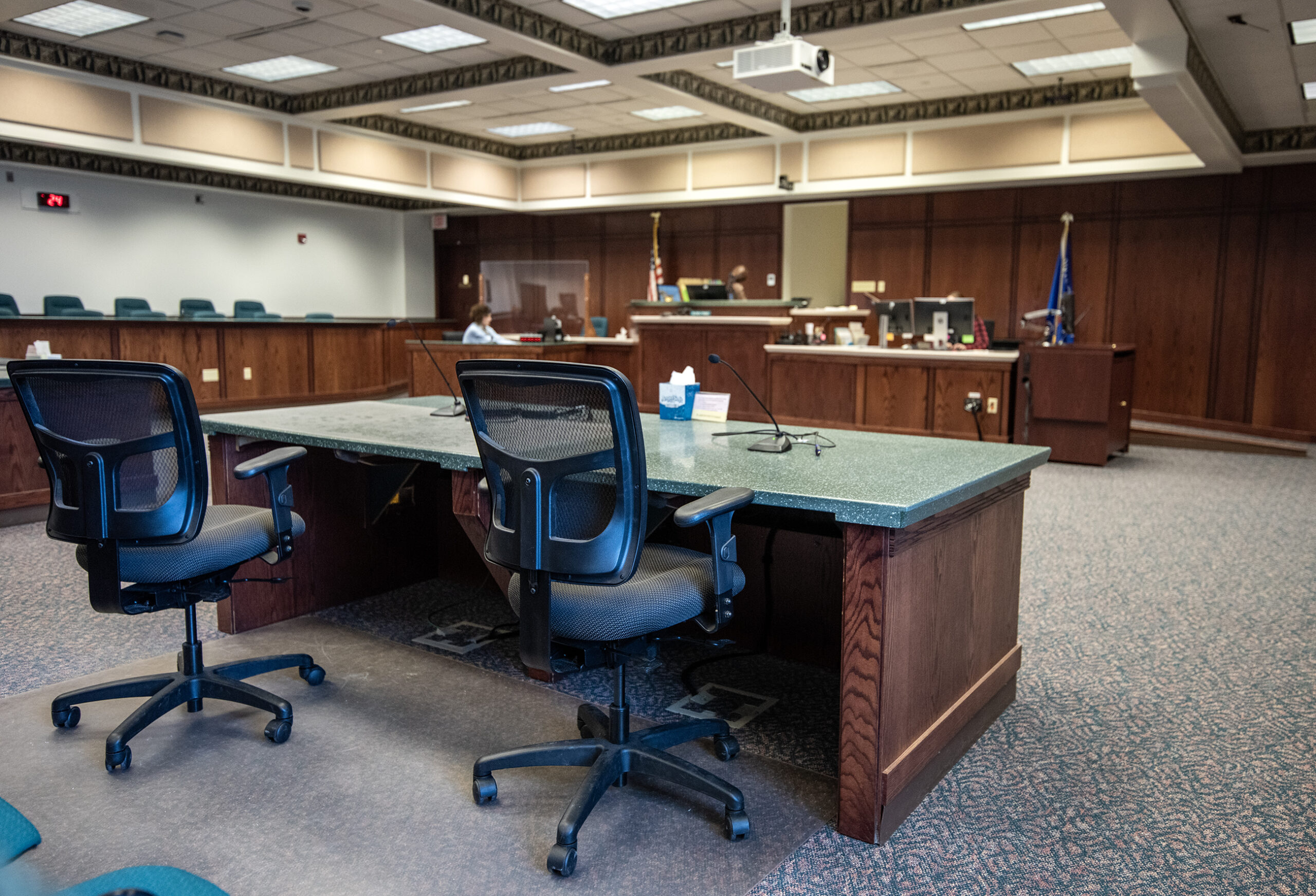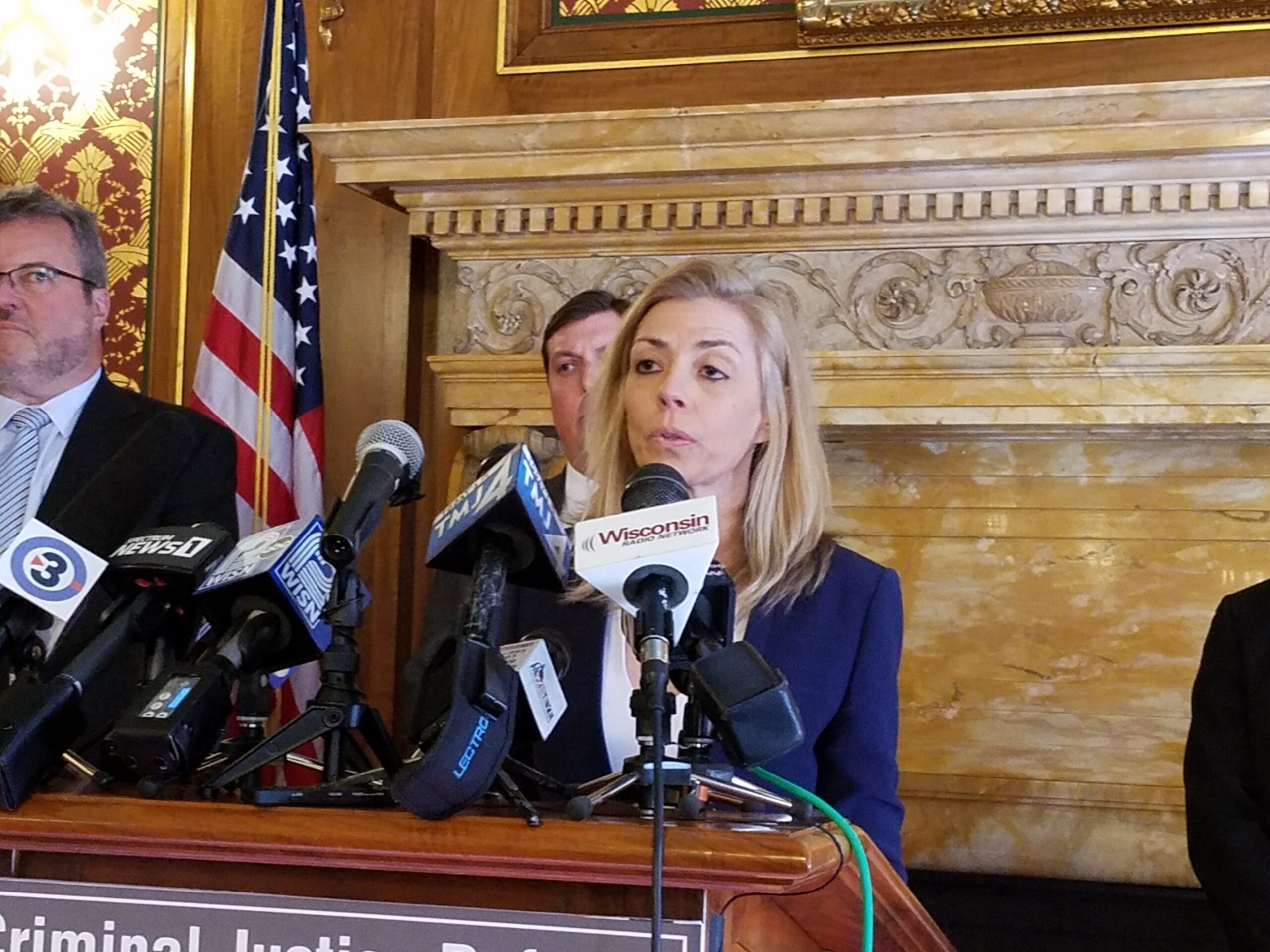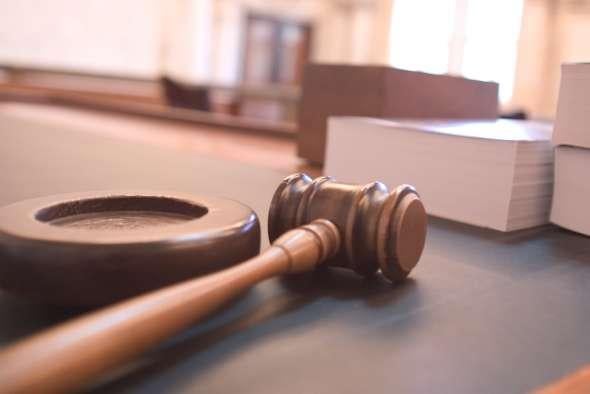For part two in a series on the 50th anniversary of Gideon v. Wainwright, Gilman Halsted reports on how the historic U.S. Supreme Court decision led to the creation of the Wisconsin Public Defender system. You can read part one in the series here.
Fifty years after Gideon v. Wainwright, here’s what a public defender sounds like in a Milwaukee courtroom. In this case a homeless defendant is charged with graffiti and starting a fire in a trash can:
“Ryan Hagner on behalf of Mr. Thomas Melinda, who appears to be in custody. Mr. Melinda is currently homeless and without a phone number. He is public defender eligible. I did review both criminal complaints with Mr. Melinda and advised him of his rights and we enter a plea of not guilty.”
Stay informed on the latest news
Sign up for WPR’s email newsletter.
Wisconsin’s Supreme Court had established the right to a publicly funded attorney in all felony cases in 1859, long before Gideon v. Wainwright.
“Wisconsin’s got a broader right to counsel than the U.S. Supreme Court has granted,” says Walter Dickey, who teaches at the University of Wisconsin School of Law.
Before the Gideon ruling and for 15 years after, counties paid for attorneys. Dickey says the way the right was enforced varied by county.
“I remember one western Wisconsin county where there was a lawyer who had 80 appointments in one year and not a single trial,” says Dickey. “The obvious worry was that people were being appointed who rolled over; it was really more about efficiency and moving the cases than it was about the fair administration of justice.”
That changed in 1979 when the state Public Defender office got funding to provide lawyers for poor defendants in almost all the counties. By 1985, every county has a cadre of public defenders. Last year, the agency handled more than a 130,000 cases and is on track to handle even more this year.
Wendy Doherty of Superior says the system worked for her. She says without a public defender, she likely would not have been acquitted of a charge of operating under the influence.
“I could have tried to testify, but I needed that lawyer there to do that for me – do the research,” she says. “He had all the research down, knew all the language and had all the photos and saw that there could have been a mistrial because things were not being done right.”
Kelli Thompson, the head of the State Public defender’s office, says there’s strong support for the current system that insures that people like Doherty can have a lawyer. She also says public defenders insure that trials run more smoothly, to the benefit of everyone involved.
“[Trials] can’t function when people are there who have mental health issues, who have drug and alcohol issues, who have educational barriers,” she says. “The law’s complicated; it slows everything down.”
But Thompson says there’s still room for improvement. In 2009, the legislature boosted the Public Defender’s budget and changed the poverty guidelines increasing the number of people who qualify to have a public defender. But there are still people who fall through the cracks.
Check out part three of the series tomorrow, on why some defendants still end up in a court room without an attorney and on the efforts of reformers to expand public defender system to include those who face civil charges like eviction or welfare fraud.
Wisconsin Public Radio, © Copyright 2024, Board of Regents of the University of Wisconsin System and Wisconsin Educational Communications Board.






